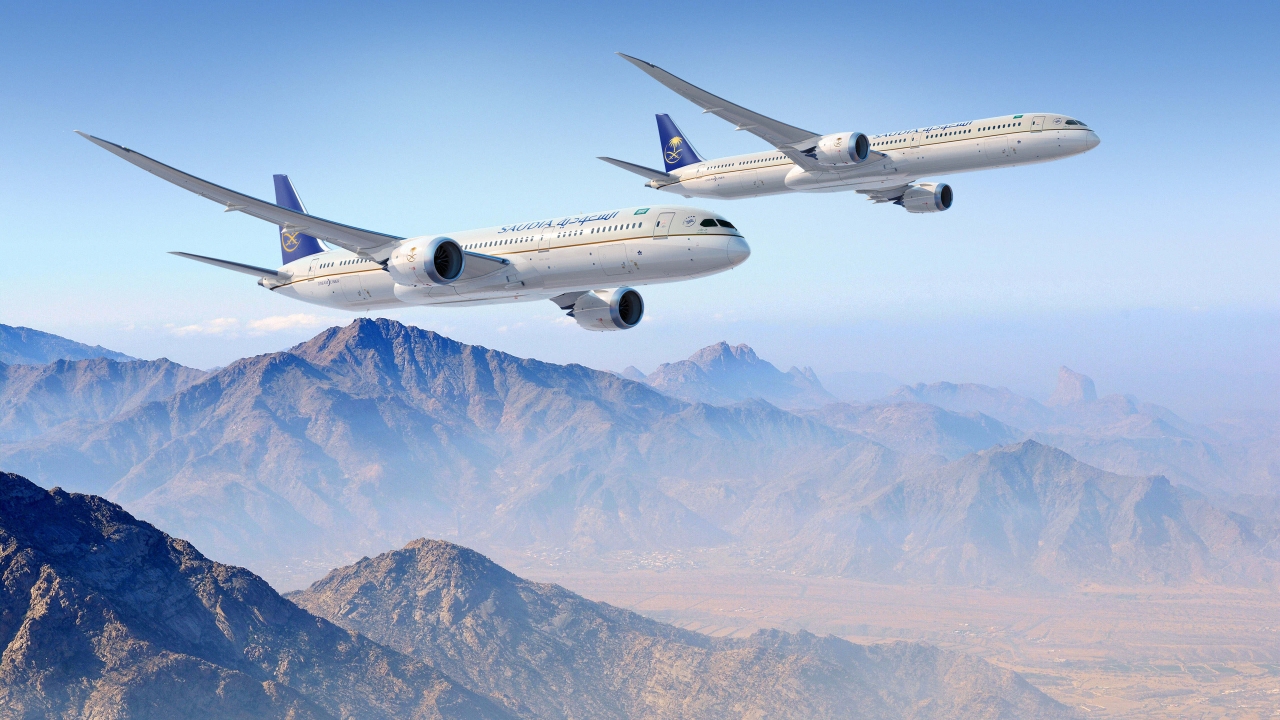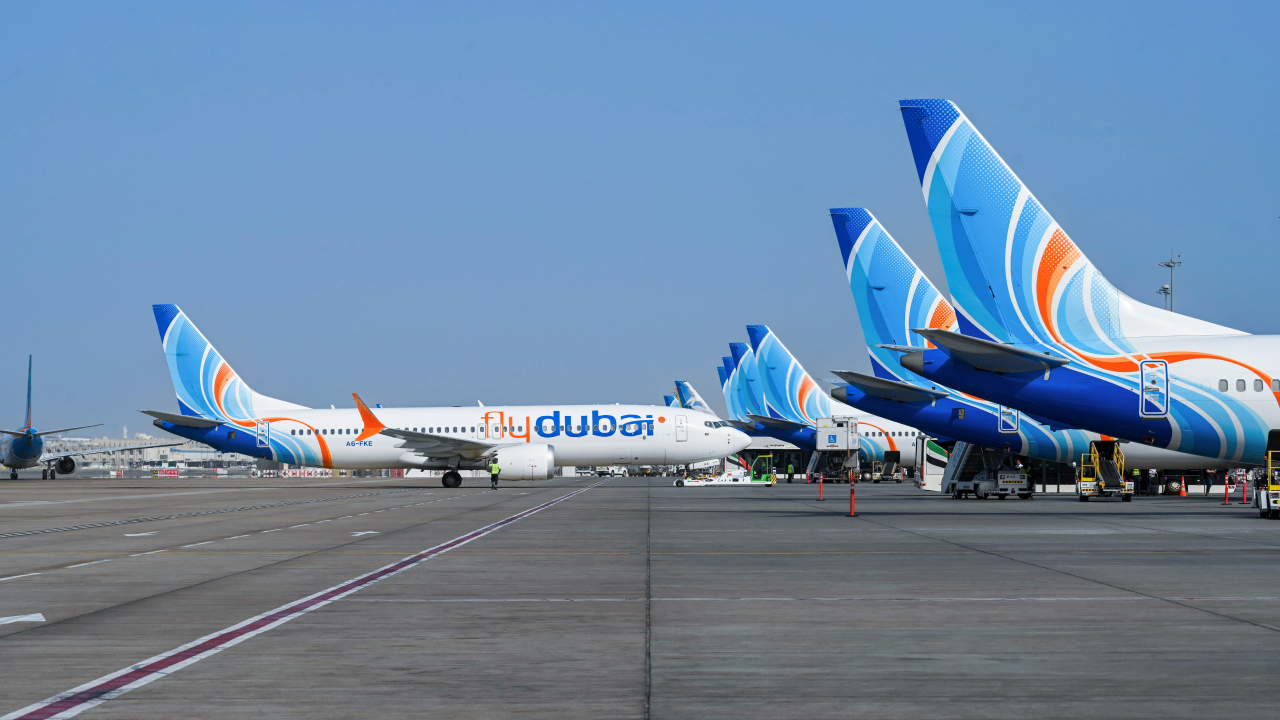Saudia to grow long-haul fleet with up to 49 Boeing 787s
Boeing and Saudia today announced the national flag-carrier will grow its long-haul fleet with the selection of up to 49 787 Dreamliners.

Image: Saudia/Boeing Company
Saudia is set to purchase 39 787s, with a further 10 options. The agreement will include both 787-9 and 787-10 models.
This agreement is part of Saudi Arabia’s wider strategic plan to transform the country into a global aviation hub. In total, Saudi Arabian carriers announced today their intent to purchase up to 121 787 Dreamliners in what will be the fifth largest commercial order by value in Boeing’s history. This will support the country’s goal of serving 330 million passengers and attracting 100 million visitors annually by 2030.
“Saudia continues its expansion efforts in all aspects of the airline; whether it’s introducing new destinations or increasing the aircraft fleet,” said Ibrahim Al-Omar, director general of Saudia Group.
"The agreement with Boeing delivers on this commitment and the newly added aircraft will further enable Saudia to ful-fill its strategic objective of bringing the world to the Kingdom”.
Saudia currently operates more than 50 Boeing airplanes on its long-haul network, including the 777-300ER and 787-9 and 787-10 Dreamliner. The additional 787s complement Saudia’s existing fleet, enabling it to effectively harness the value of the 777 and 787 families.
Since revenue service began in 2011, the 787 family has launched more than 350 new nonstop routes around the world, including about 50 new routes since 2020. The Dreamliner reduces fuel use and emissions by 25% compared to the airplanes it replaces.
“Adding to its 787 Dreamliner fleet will enable Saudia to expand its long-haul service with outstanding range, capacity and efficiency,” said Stan Deal, president and CEO of Boeing Commercial Airplanes. “After more than 75 years of partnership, we are honoured by Saudia’s confidence in Boeing products and will continue to support Saudi Arabia’s goal to expand sustainable air travel.”
Stay up to date
Subscribe to the free Times Aerospace newsletter and receive the latest content every week. We'll never share your email address.

